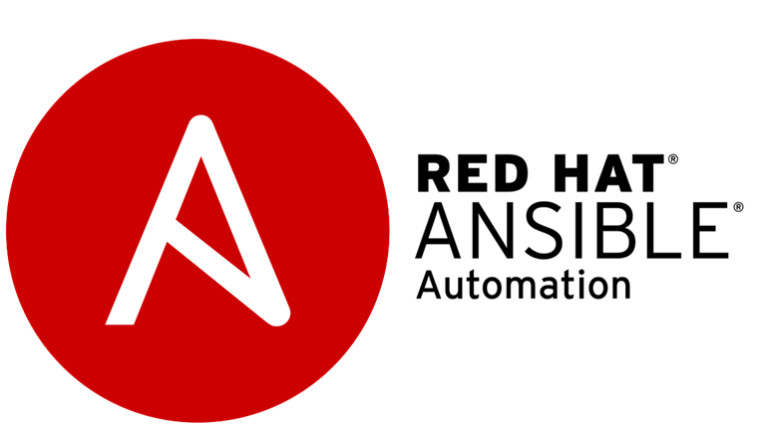Ansible Automation: Streamlining IT Operations
Ansible Automation is revolutionizing IT operations by providing a simple, agentless, and powerful platform for automating tasks across a wide range of environments. This article explores the fundamentals of Ansible Automation, its key features, benefits, and practical applications in modern IT infrastructures.
What is Ansible Automation?
Ansible Automation is an open-source IT automation engine that automates cloud provisioning, configuration management, application deployment, intra-service orchestration, and many other IT needs. Developed by Red Hat, Ansible allows IT administrators and developers to write simple yet powerful automation scripts called playbooks, which are written in YAML, a human-readable data serialization language.
Key Features of Ansible Automation
Agentless Architecture: Ansible operates without the need for agent software on remote systems. It leverages existing SSH and WinRM protocols to communicate with nodes, simplifying the setup and reducing the overhead associated with managing agents.
Human-Readable YAML Playbooks: Ansible playbooks are written in YAML, making them easy to read, write, and understand. This human-readable format ensures that even those with minimal programming experience can create and manage automation tasks.
Idempotency: Ansible ensures that the system state is consistent regardless of how many times an automation task is run. This idempotent behavior prevents unintended changes and ensures reliability in automation processes.
Extensive Module Library: Ansible comes with a vast library of built-in modules that can manage everything from system configurations and network devices to cloud services and applications. Users can also create custom modules to extend functionality as needed.
Scalability: Ansible is designed to scale efficiently, from managing a handful of servers to thousands of nodes across diverse environments. Its simple, scalable architecture makes it suitable for both small and large enterprises.
Role-Based Access Control (RBAC): Ansible Tower, the enterprise version of Ansible, provides RBAC to control user permissions, ensuring that only authorized personnel can execute specific tasks.
Ansible Galaxy: Ansible Galaxy is a community-driven repository of Ansible roles and collections. Users can share and download pre-built automation content, accelerating the development and deployment of automation tasks.
Benefits of Ansible Automation
Simplified Management: By automating repetitive tasks, Ansible frees up time for IT staff to focus on more strategic initiatives. This simplification reduces errors and improves overall operational efficiency.
Consistency and Reliability: Automation with Ansible ensures that tasks are executed consistently, reducing the risk of human error and ensuring reliable outcomes across the infrastructure.
Accelerated Deployment: Ansible automates the deployment of applications and services, significantly reducing the time required to roll out new features and updates.
Improved Collaboration: The human-readable nature of Ansible playbooks fosters collaboration between development, operations, and security teams, aligning efforts towards common goals.
Cost Efficiency: By reducing manual intervention and streamlining operations, Ansible helps lower operational costs and improves resource utilization.
Practical Applications of Ansible Automation
Configuration Management: Ansible ensures that systems are configured to desired states, automating the process of managing configurations across servers, networks, and applications.
Application Deployment: Automate the deployment process for applications, ensuring that they are consistently and correctly installed across different environments.
Cloud Provisioning: Manage cloud resources across various providers (e.g., AWS, Azure, Google Cloud) by automating the provisioning and de-provisioning of cloud services.
Security Automation: Enhance security by automating the application of security patches, configuration of firewall rules, and compliance checks.
Continuous Integration and Continuous Deployment (CI/CD): Integrate Ansible with CI/CD pipelines to automate testing, deployment, and rollback processes, ensuring a smooth and reliable software delivery lifecycle.
Getting Started with Ansible
Installation: Ansible can be installed on various operating systems using package managers or via pip for Python.
sudo apt-get install ansible # On Debian-based systems sudo yum install ansible # On Red Hat-based systems pip install ansible # Using pipCreating Playbooks: Start by writing simple playbooks to automate tasks. A basic playbook to install Nginx might look like this:
--- - name: Install Nginx hosts: webservers tasks: - name: Ensure Nginx is installed apt: name: nginx state: presentRunning Playbooks: Execute playbooks using the
ansible-playbookcommand.ansible-playbook install_nginx.ymlExploring Modules: Explore Ansible’s extensive module library to leverage pre-built functionality for various tasks.
ansible-doc -l # List all available modules
Conclusion
Ansible Automation is a powerful tool that transforms the way IT operations are managed. Its simplicity, flexibility, and scalability make it an ideal choice for organizations looking to streamline their processes, improve efficiency, and reduce costs. By leveraging Ansible’s robust features and best practices, IT teams can achieve greater consistency, reliability, and speed in their automation efforts, paving the way for a more agile and responsive IT environment. For more detailed information and advanced usage, refer to the official Ansible documentation and community resources.
Subscribe to the YouTube channel, Medium, and Website, X (formerly Twitter) to not miss the next episode of the Ansible Pilot.Academy
Learn the Ansible automation technology with some real-life examples in my
Udemy 300+ Lessons Video Course.

My book Ansible By Examples: 200+ Automation Examples For Linux and aws System Administrator and DevOps

Donate
Want to keep this project going? Please donate
